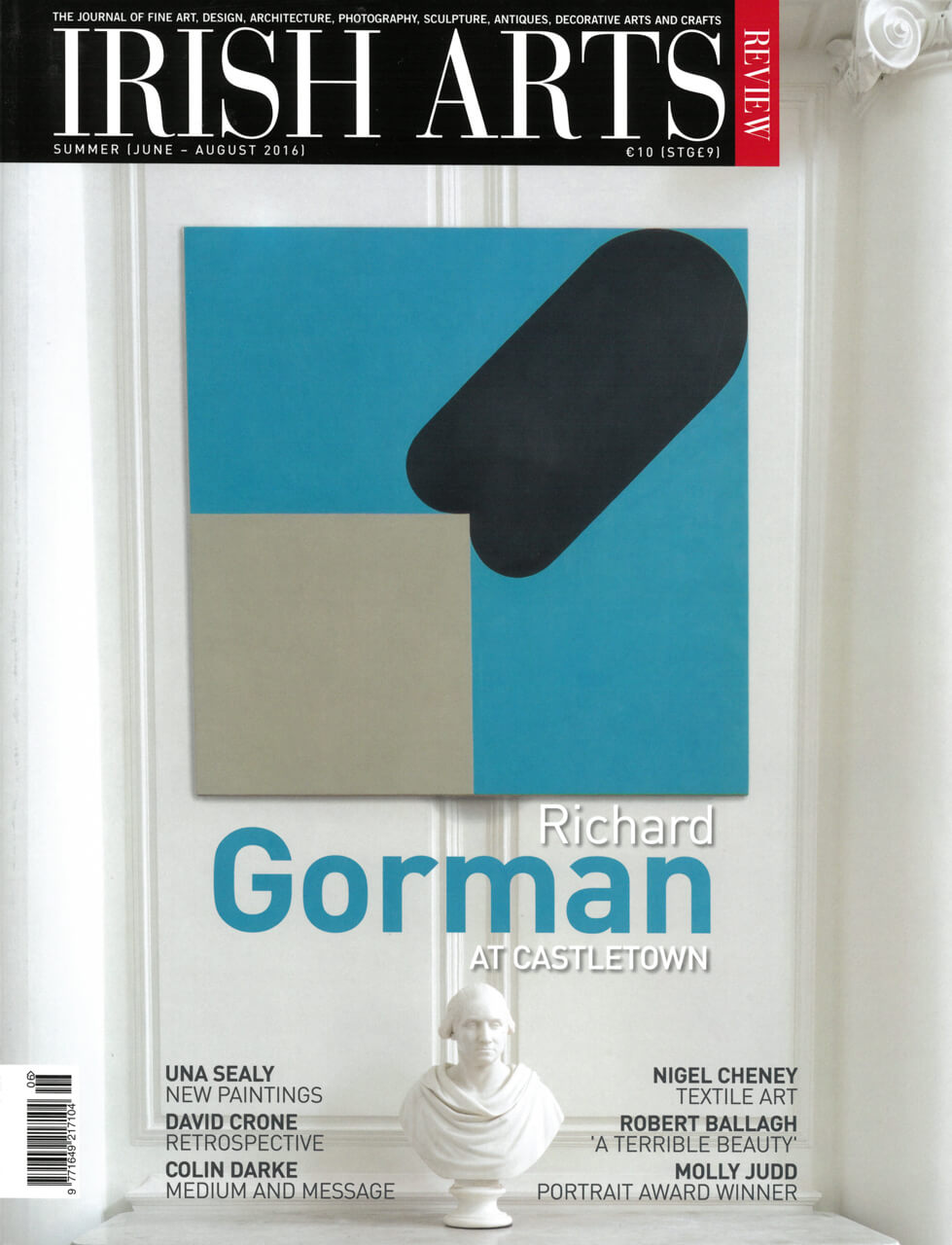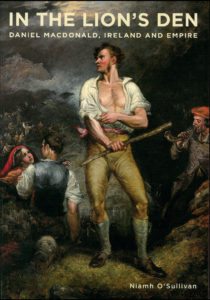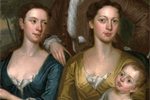

NIAMH O’SULLIVAN
Cork University Press, 2016
pp 152 fully illustrated p/b
€29.00 ISBN: 9780990468984
Tom Dunne
Daniel Macdonald (1821-1853), celebrated in this monograph/catalogue, published to accompany an exhibition of the same name in Quinnipiac University’s Great Hunger Museum (January to April 2016), was a Cork artist, who died young, after brief successes in Cork and London. He is best known for his arresting, if relatively crude subject paintings, ‘Bowl Playing’, and ‘An Sidhe Gaoithe/The Fairy Blast’, exhibited in the Cork Art Union in 1842, and ‘An Irish Peasant Family Discovering the Blight of Their Store’, exhibited in The British Institution in London in 1847. The Crawford Art Gallery has the largest holdings of Macdonald’s oils and drawings, and they have featured in a number of its exhibitions, notable ‘Whipping the Herring’ (2006).
The book under review has a polemical aspect, as singaled in its title, ‘In the Lion’s Den’, suggesting that Macdonald, in depicting the lives of the Irish poor, was operating in a hostile environment, necessitating a disguising of a patriotic intent, especially after his move to London in 1844. This echoes a major theme of Luke Gibbons’ occasional essays on Irish art in this period, but is at odds with the overwhelming evidence that Irish artists, like Irish writers, journalists, and politicians, were not only successful, but equally at home in both countries, especially on the first half of the 19th century, when the Union was viewed more positively as an opportunity than an obstacle by the ambitious. Certainly Macdonald felt he had to pitch his work somewhat differently for a metropolitan audience. His best-known painting, and arguably the only painting of the Great Famine, ‘An Irish Peasant Family Discovering the Blight of Their Store’, thus appealed to the sentimentality of the Victorian elite, for example in its depiction of children (typical of fashionable ‘fancy’ paintings) and could have been a publicity poster for the Queen’s appeal for Famine relief.
His Cork paintings were also aimed at the local elite – the only source of patronage for painters – at, for example, their fascination with peasant customs and superstitions, in ‘An Sidhe Gaoithe/The Fairy Blast’. Such fascination had driven genre painting in Europe since Peiter Bruegel the Elder, and was a major theme of the expensive, multi-volume Irish novels of the decades after 1800, and widely read in both countries. A feature common to the Macdonald paintings shown in Cork and London was the wild, romantic landscapes in which they are set, an aspect of the colonialist stereotyping of Ireland, which was, indeed, a defining feature of Irish art.
A sense of audience is largely absent from O’Sullivan’s pioneering monograph on Macdonald, which is the core of the book. In the absence of any significant primary source material for the artist, O’Sullivan attempts to situate him and his art in historical context, but, unfortunately, largely ignores the explosion in modern research on the social and cultural worlds of the poor (and to a lesser degree, on contemporary art) in this period. O’Sullivan’s historical account is impressionistic, colourful, and traditional, aimed laudably at a general audience, and in the first instance, an Irish-American one. This may also account for the otherwise surprising fact that the lack of sources on Macdonald is not compensated for by a detailed reading of the key paintings.
This is even true of the main focus of the book, ‘The Fighter’, reproduced on its cover, signed and dated the year Macdonald moved to London, and, it would appear, not exhibited in his lifetime. The large, dramatic figure is clearly a faction fighter, that is, a participant in the rural warfare between factions, or gangs, endemic in some areas, its origins lost in te mists of time, its motivations obscure. O’Sullivan has researched faction fighting, but, unfortunarely, is intent on associating this painting with agrarian secret societies involved in conflicts over rents or tithes, principally by stressing its similarities to Daniel Maclise’s ‘The Installation of Captain Rock’ (1834), as interpreted in Luke Gibbons’ over-theorized essay from 1998. It is more fruitful and historical to see ‘The Fighter’ as a companion piece to ‘An Sidhe Gaoithe/The Fairy Blast’ of two years earlier, both aimed at elite fascination with the dark and threatening peasant world.
There is much value and interest in this book, which in drawing attention to an important Irish genre painter, contributes to the growing interest in Irish paintings of ordinary life. Its interim catalogue and exhibition record are particularlu vaulable; so too the highlighting of key humorous drawings – Macdonald’s main strength as an artist – and bringing some little known, but major, paintings to notice, like ‘The Fighter’ and ‘Toasting the Poitin in Ireland’ (attributed, c.1844) The sources may not exist for a proper understanding of Macdonald, but there is much more to be said about his art.
Tom Dunne has published on the subject paintings of Macdonald and Maclise in the catalogues of two Crawford Art Gallery exhibitions, which he co-curated, ‘Whipping the Herring: Survival and Celebration in Nineteenth Century Irish Art’ (2006), and, ‘Daniel Maclise, 1806-1870. Romancing the Past’ (2008)



